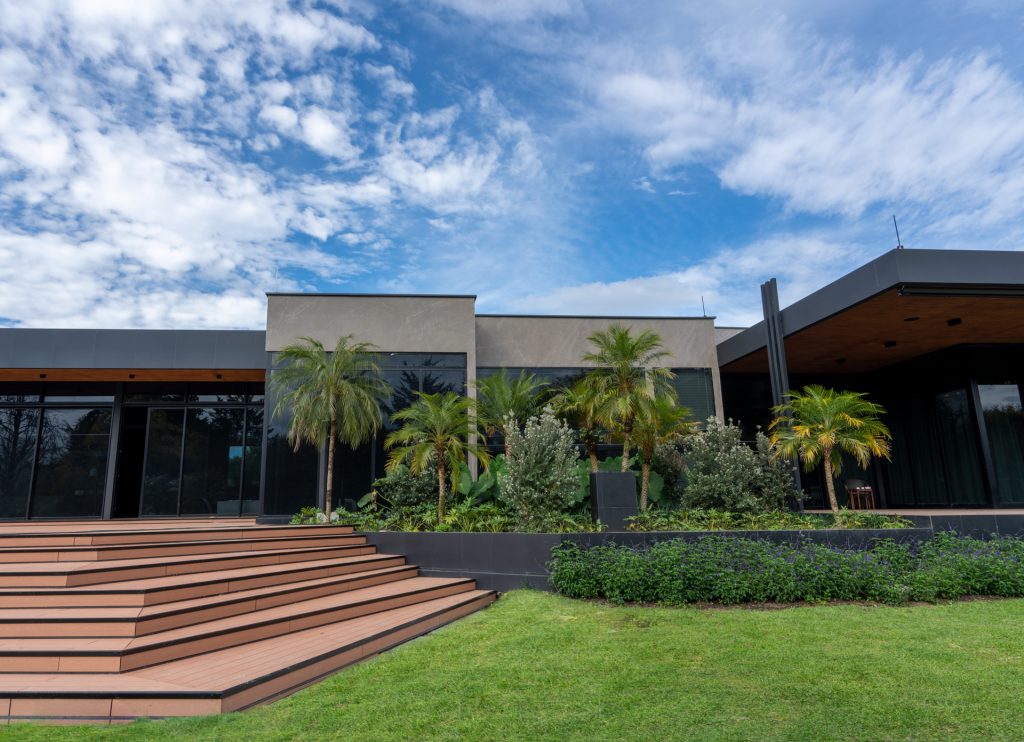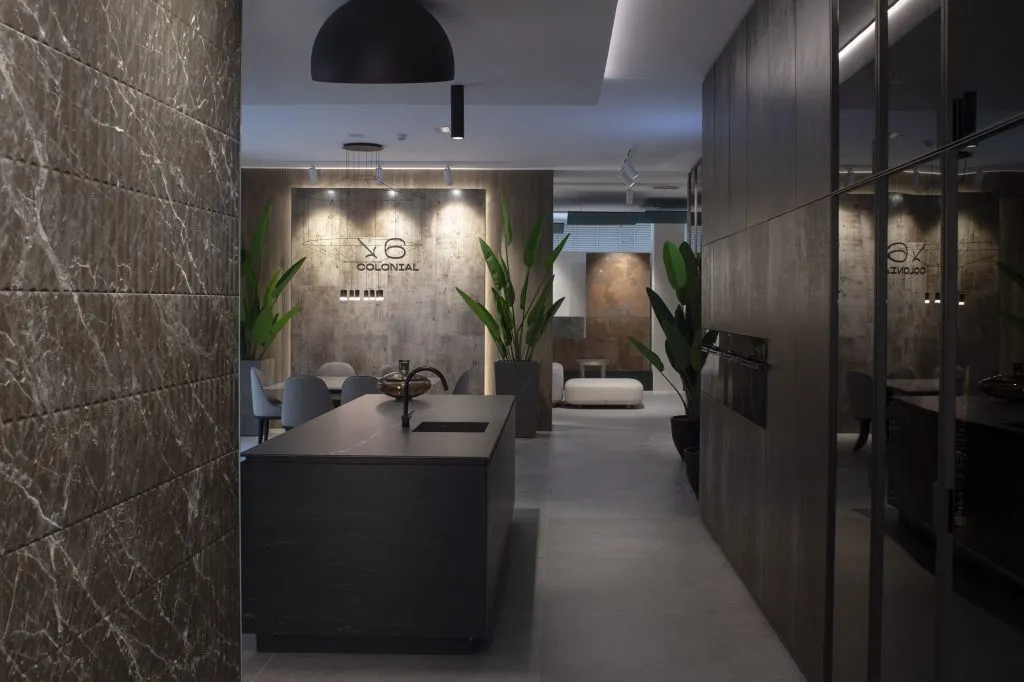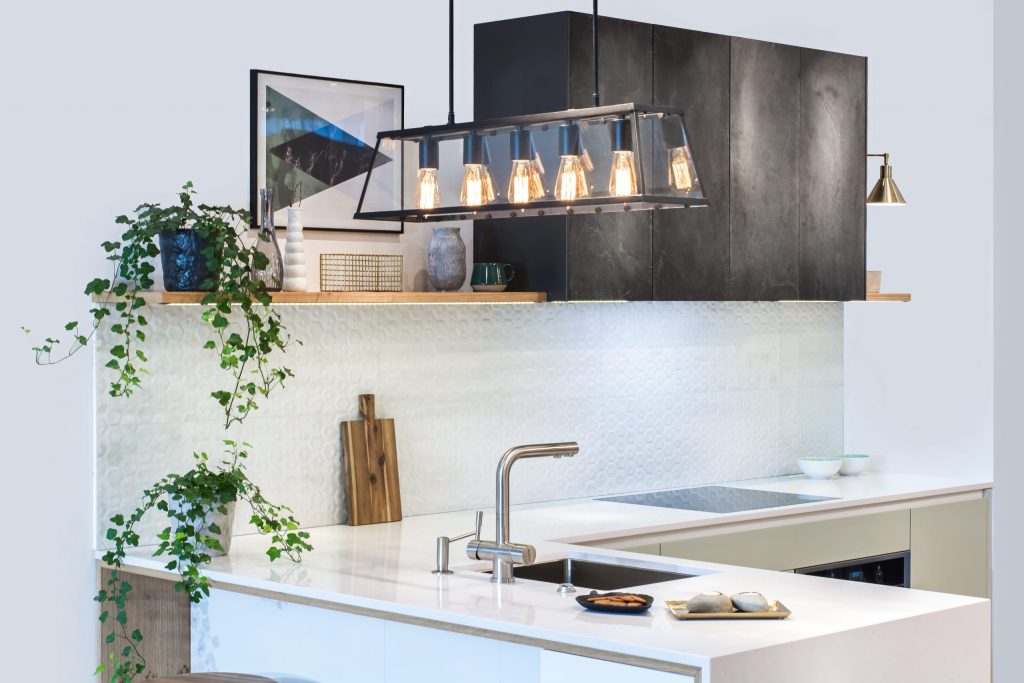It is a scientifically proven fact that people need to have contact with nature. This is even more the case in these modern times of haste, stress and a pace of life that can sometimes lead to a negative impact on our mood or health. Having a small piece of nature close to hand can help to maintain inner peace and harmony for body and mind, and has some major benefits for the soul.
Why not bring nature into our homes then?
Having a separate garden space is no longer an essential requirement because there are numerous ways to create indoor spaces in which nature can be given room to thrive.

The easiest option when deciding to bring a little nature into your home is obviously to use house plants for a sense of lush greenery in certain rooms. The conventional choice has always been to create green corners using smaller plants or shrubs, but if you have the space, the right light and high ceilings, you might opt for small trees. A great place for them is under a skylight or next to a large window, although putting them on a balcony continues to be the location of choice.
Of course, make sure to choose the right indoor or outdoor plants depending on where you decide to put them. For a bit of a twist, we recommend creating an “urban vegetable garden” – small spaces in which to plant vegetables or even fruits.
Thanks to the latest advancements in technology, several companies have invented special lights, automatic irrigation systems and unusual or attractive designs for these quirky spaces. Another option that is also functional yet decorative at the same time is to install a vertical garden on one of your walls. Their functionality stems from the fact that aromatic plants can be used to cook with in the kitchen or dried and then used as a fragrance for cupboards and wardrobes around the house, among other things.

However, the plants or trees you decide to use do not necessarily have to be alive. A similar visual effect can be obtained with previously dried and treated plants, flowers or herbs. The traditional method is to arrange them in a vase or similar container, but the latest trends have innovated with this concept to recreate some utterly unexpected natural environments, such as marshland plants emerging from large pots or reeds sprouting from pits made from natural river stones.
However, there is one key factor you should bear in mind and that is that plants are not the only resource with these beneficial effects. You can add a personal touch and extra style to any room by using certain materials for all the decorations in your home.
Wood is one of the most common materials for achieving this effect. Rustic floors, walls and furniture are a must but the most daring among you might consider using tree stumps to support a table, bamboo or wicker panels, fabrics or even cork. Natural fibres are an extremely popular option for this type of decoration but natural stone is another option worth thinking about. In this case, the more real and less “treated” their look, the better. One good idea is to use stone with a vibrant and contrasting grain for the countertop and floors in the kitchen as this emphasises the feeling of being in a mountain environment that has been untouched by human hands.
We hope you found this article interesting and that it encourages you to bring a piece of nature into your homes.
